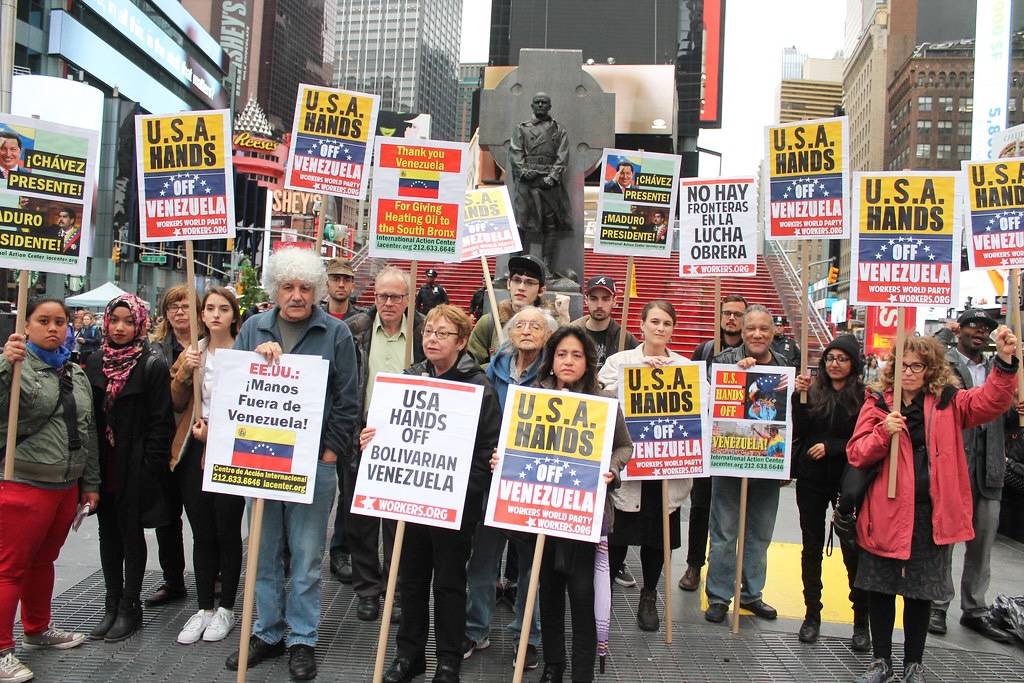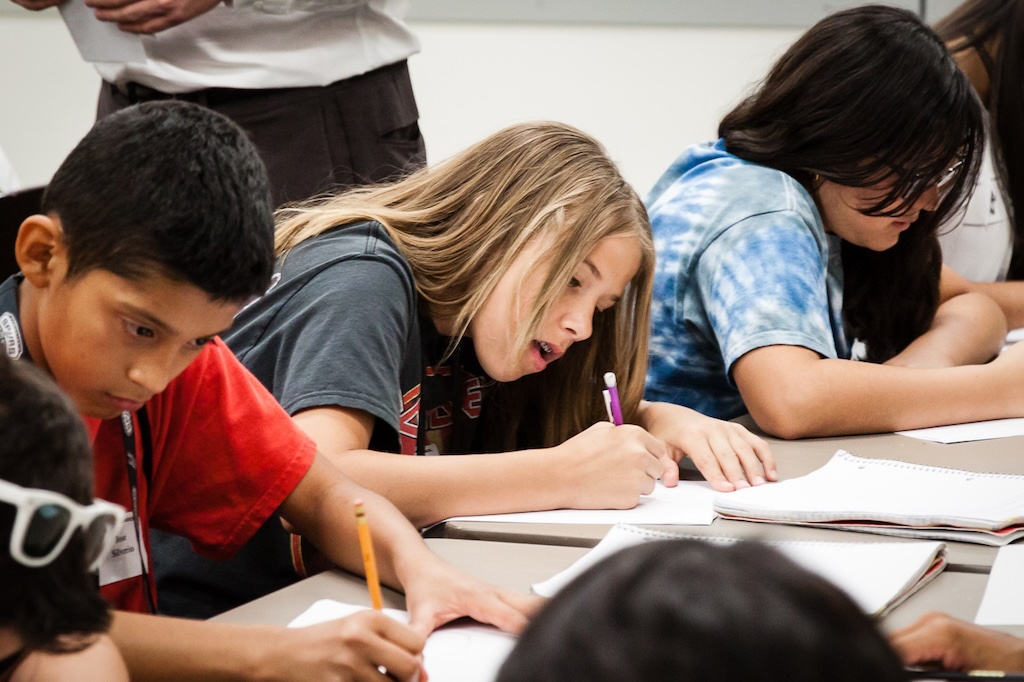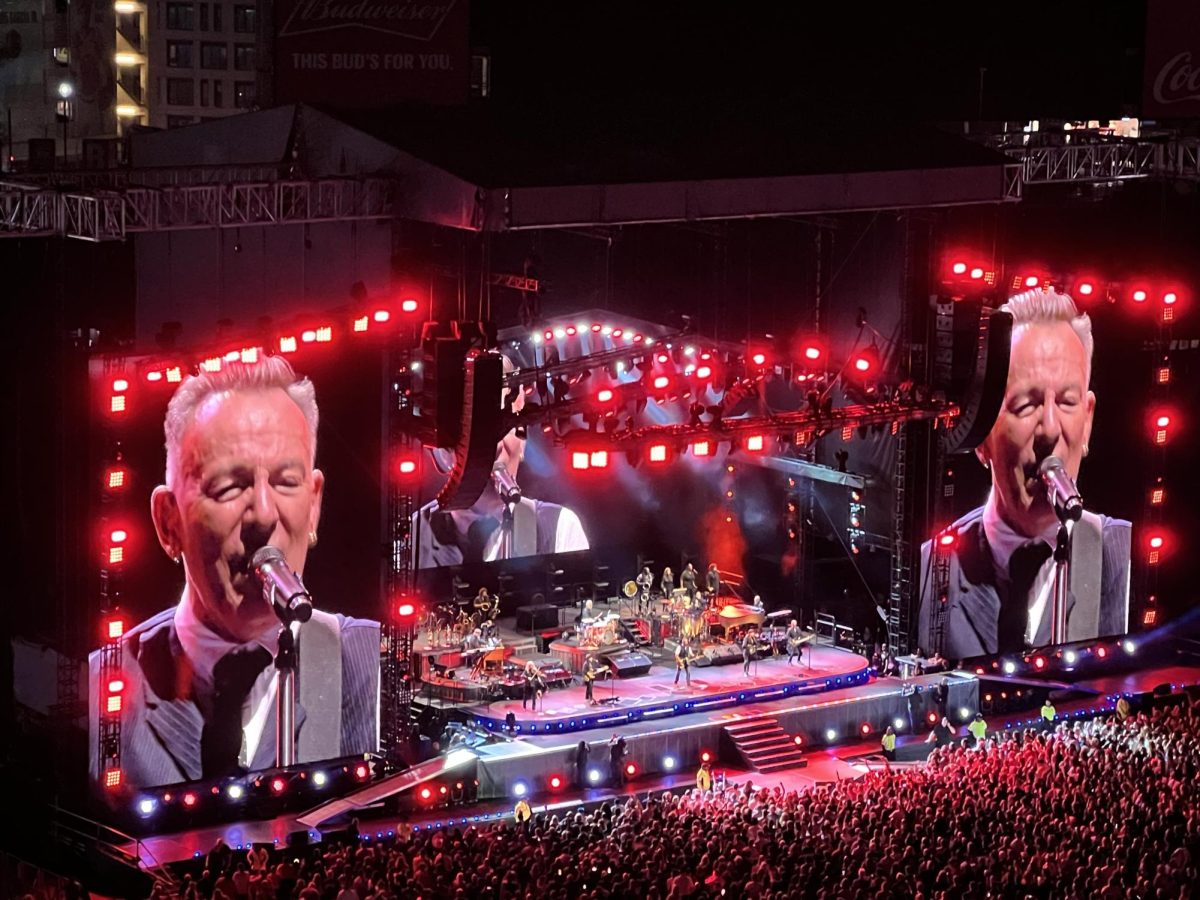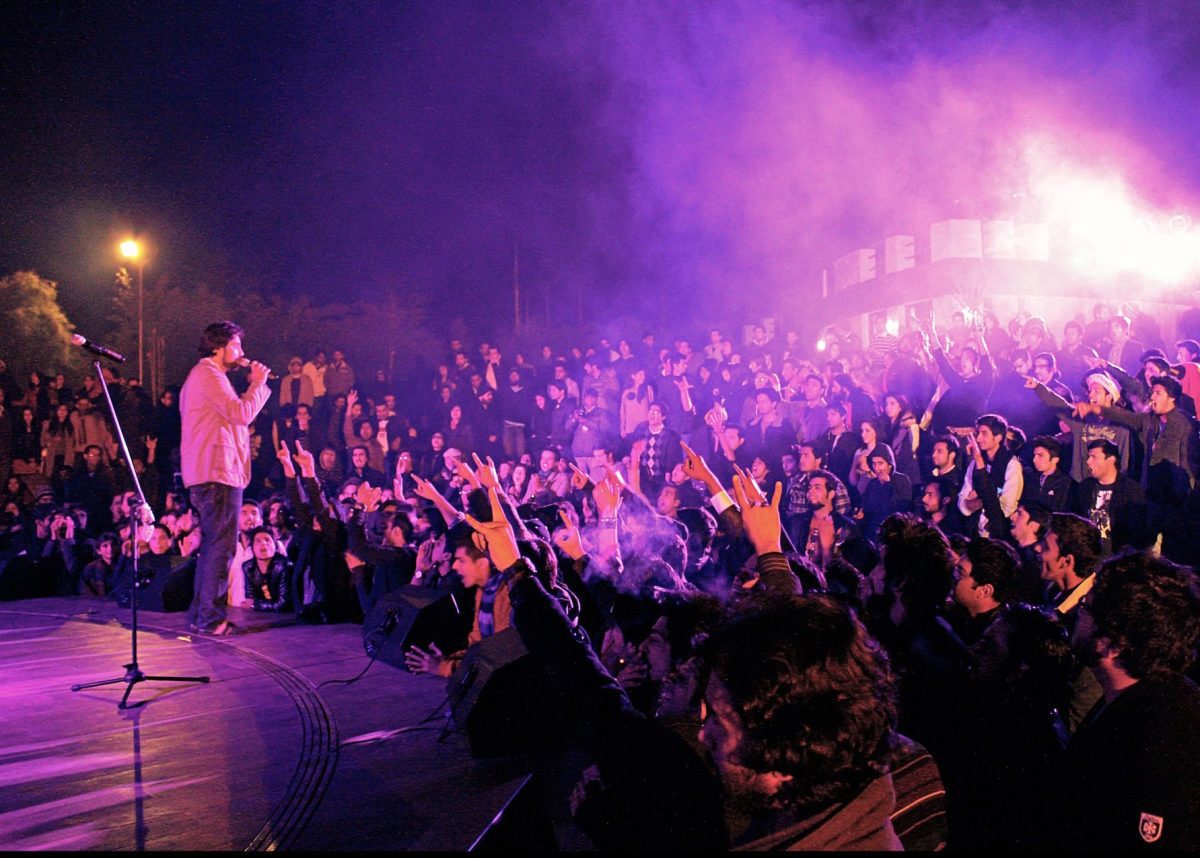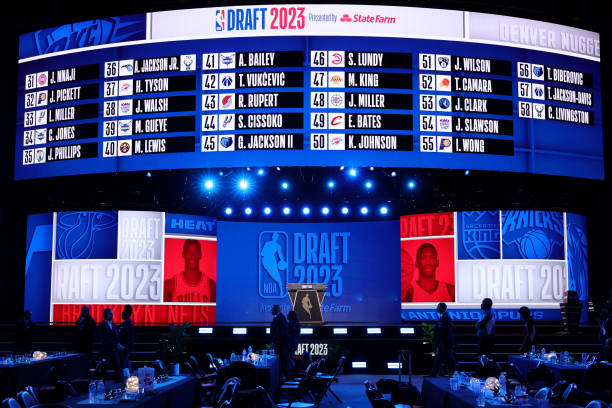Basketball’s evolution as a sport is not a secret to anyone who has watched or read about the NBA in the last decade. The current style of play in the NBA would look completely unrecognizable to someone who stopped watching basketball in the era of Kareem Abdul-Jabbar or Michael Jordan, but even over the last few years the league has changed significantly.
In recent years, the league has been transformed by players such as Stephen Curry and James Harden, who have caused three-point shooting to be a major factor in games. The mid 2010’s Houston Rockets, who were assembled by coach Mike D’Antoni and front-office executive Daryl Morey, showed the rest of the NBA that it can be effective to play stretches without big men, relying heavily on the three point shot.
This change of strategy has heavily affected the NBA Draft process. Firstly, general managers and executives in front offices are well aware of the dangers of drafting players whose skill sets do not match the direction in which the NBA has evolved and seems to be continuing to go in. This has led to a decrease in the number of traditional centers drafted highly, and conversely a boom in the amount of taller players who provide a three point shot being valued in drafts.
NBA executives are well in tune with trends and make decisions accordingly. Therefore, even if the general success of players of a certain archetype decreases, they should still perform on par with their expected results based on draft position. It should be very difficult to have a consistent trend of a certain type of players being overdrafted or underdrafted over a significant stretch of time.
With the average draft ranking of centers declining for the past decade, the expectation should be that the centers taken in the top 14 picks, or the “draft lottery,” contribute to their teams proportionally to NBA general manager expectations. This is not the case whatsoever.
Between 2014 and 2017, we saw the most significant change in NBA playstyle. The change in tactics, paired with a set of big men who lacked jump shots but were taken early, caused the majority of these players to not perform up to expectation. The draft strategy and selection between those years was not necessarily a surprise, as it can take time for scouts to notice patterns in the game and adjust accordingly.
SBA has compiled a list of “non-shooting” centers, players whose free throw average falls under the NBA average of 77 percent and who were picked within the draft lottery between 2014 and 2017. From 2014, Joel Embiid, the third overall pick, and Noah Vonleh, the ninth overall, both fall under the category of “non-shooting” centers. Players on the list who were drafted in 2015 are third overall pick Jahlil Okafor, sixth Willie Cauley-Stein, and ninth Frank Kaminsky. In 2016, eighth Marquese Chriss, ninth Jakob Poeltl, tenth Thon Maker, and thirteenth Georgios Papagiannis. Lastly in 2017 tenth pick Zach Collins and fourteenth pick Bam Adebayo, had averages below 77 percent
Without creating an all-encompassing quantification of the average success of the pool of players, it is generally agreed upon that this group of centers has fallen short of the expectations of their high draft picks. Embiid and Adebayo are the only players who still meaningfully contribute to their current rosters, and Vonley, Okafor, Cauley-Stein, Kaminsky, Chriss, Maker and Papagiannis no longer play professional basketball. Embiid and Adebayo are also the only players whose career minutes or production exceed the rank within their respective drafts that they were selected in.
The trend of “non-shooting” centers not performing up to expectation may not be surprising in hindsight, as it is understandable for a general manager to not be able to predict the trends of the future NBA during the transition period occurring during these years. One minor trend worth noting is that the two centers who did not shoot significant amounts of threes in college but avoided making the list of non-shooting centers were Karl Anthony-Towns and Myles Turner. These two players have developed into excellent professional players with functioning three point shots, which suggests that when assuming the risk of drafting a center without a developed three pointer in the early picks, evaluators should turn to free throw accuracy as a much stronger indicator of a player’s shooting ability than actual three point results when looking at college performance.
Furthermore, Wendell Carter Jr., drafted seventh in 2019, was one of the few centers of his draft class who could effectively take jump shots in his college career at Duke, but his subpar free throw shooting indicated what has turned into an underwhelming offensive career thus far. The example of Carter suggests that the small sample of threes shot during college careers may not accurately represent a player’s shooting ability.
The trend of non-shooting centers underperforming continued to exist in more recent years. From 2018 to 2020, (2021-2023 excluded due to insufficient sample on professional outcomes), there were still a large number of non-shooting centers drafted high each year.
In 2018 Deandre Ayton, first overall, Marvin Bagley, second, Mo Bamba, sixth and Wendell Carter, seventh, were all drafted very highly but later had a low free-throw percentage. Jaxson Hayes, was drafted eighth in 2019, and in 2020, James Wiseman, second, Onyeka Okongwu, sixth and Jalen Smith, tenth, all wound up on the list.
This list suggests that evaluators did not learn from the performances of the centers from 2014 to 2017, given that “non-shooting” centers and power forwards were selected at the same rate as they were in the previous group. Even more confusing is the fact that these players were so poorly evaluated that not a single one of these players drafted from 2018 to 2020 has played or produced a rate that exceeds their expected performance based on draft selection. This includes Ayton, Bagley, Smith and Wiseman, whose selections have notoriously set their franchises back significantly due to their complete failure as prospects.
The information that can be drawn from these consistent results is that NBA talent evaluators seem to have completely failed to recognize a strong and consistent trend within the NBA draft process. In all likelihood, given that teams have continually overvalued “non-shooting centers,” there will be a regression in or complete elimination of these players’ high selection at some point in the near future, and there will likely be a change of strategy in the way the picks are chosen and traded.
The implications of this significant trend may not be known until after future draft processes occur and can be looked back upon, but regardless, the fact that there is such a prevalent draft trend that is being seemingly mishandled by evaluators should be of interest to all NBA fans.













